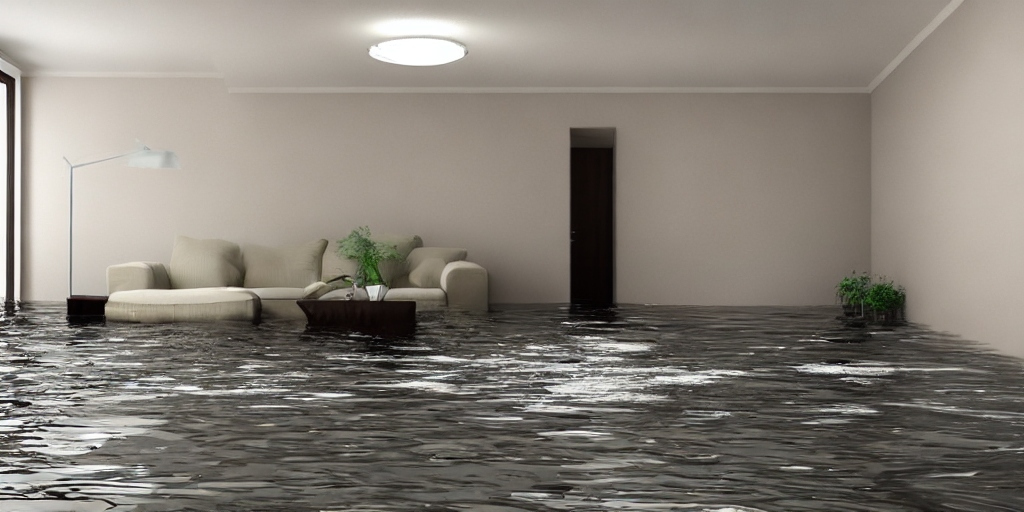Water damage can be a devastating event for homeowners, leading to not only structural issues but also potential health hazards. When faced with water damage in Los Angeles, understanding the intricacies of the restoration process, the associated costs, and the critical steps for recovery is crucial. In this comprehensive guide, we’ll delve into the reasons behind the expenses, the primary concerns associated with water damage, and the differences between mitigation, remediation, and restoration.
Why is Water Damage Restoration Los Angeles So Expensive?
The costs associated with water damage restoration in Los Angeles can be significant, and various factors contribute to the overall expenses. First and foremost, the urgency of addressing water damage plays a vital role. The longer water sits, the more extensive the damage becomes, leading to increased restoration costs. Additionally, the specialized equipment and expertise required for efficient restoration contribute to the overall expense.
When evaluating water damage restoration Los Angeles cost, it’s essential to consider the extent of the damage. Whether it’s a burst pipe, flooding, or a leaky roof, the severity of the situation directly impacts the resources and time needed for restoration.
Also Read: Water Damage Restoration Los Angeles: Protecting Your Property and Peace of Mind
The Biggest Concern with Water Damage
Beyond the financial aspects, the most significant concern with water damage is the potential for long-term consequences. Mold growth is a primary worry, as it can start developing within 24-48 hours of water exposure. Mold not only poses health risks but can also lead to additional structural damage.
In Los Angeles, where the climate is conducive to mold growth, swift action is imperative. The focus should not only be on drying the visible water but also on thoroughly dehumidifying the affected areas to prevent mold and mildew.
Mitigation vs. Remediation vs. Restoration
Understanding the distinctions between mitigation, remediation, and restoration is essential for navigating the water damage recovery process.
- Mitigation: This involves taking immediate action to minimize the damage. It includes activities like water extraction, drying, and preventing further damage.
- Remediation: Remediation focuses on eliminating the source of the problem, whether it’s fixing a leaking pipe or repairing a damaged roof. It aims to stop the issue at its root.
- Restoration: The final phase involves restoring the property to its pre-damage condition. This includes repairing structural damage, replacing materials, and ensuring a safe and habitable environment.
Recovering from Water Damage in Los Angeles

Recovering from water damage requires a systematic approach. Here are the key steps to facilitate a smooth restoration process:
- Assessment and Documentation: Begin by documenting the extent of the damage. Take photographs and create a detailed inventory of affected areas and belongings. This information is valuable for insurance claims.
- Immediate Action: Swiftly address the source of the water and initiate mitigation efforts. This may involve water extraction, dehumidification, and temporary repairs.
- Professional Assistance: Engage the services of a reputable restoration company in Los Angeles. Companies like Servpro Los Angeles specialize in water damage restoration and possess the expertise and equipment necessary for efficient recovery.
- Communication with Insurance: Notify your insurance provider promptly. Provide them with the documentation gathered during the assessment, and keep them informed throughout the restoration process.
- Thorough Drying and Cleaning: Ensure all affected areas are thoroughly dried and cleaned to prevent mold growth. Professional restoration companies use advanced equipment to achieve optimal results.
- Restoration and Reconstruction: Once the mitigation and remediation phases are complete, the restoration process begins. This involves repairing or replacing damaged structures, materials, and belongings.
Also Read: Unveiling the Complexity of Water Damage: Insights from Contractor Water Damage Experts
Conclusion
Facing water damage in Los Angeles can be a daunting experience, but a proactive and informed approach can make the recovery process more manageable. By understanding the costs, addressing concerns promptly, and collaborating with professionals, homeowners can navigate the challenges of water damage restoration successfully. When seeking the best in residential water damage restoration Los Angeles, prioritizing swift action and enlisting the expertise of reputable companies ensures a quicker return to normalcy.










